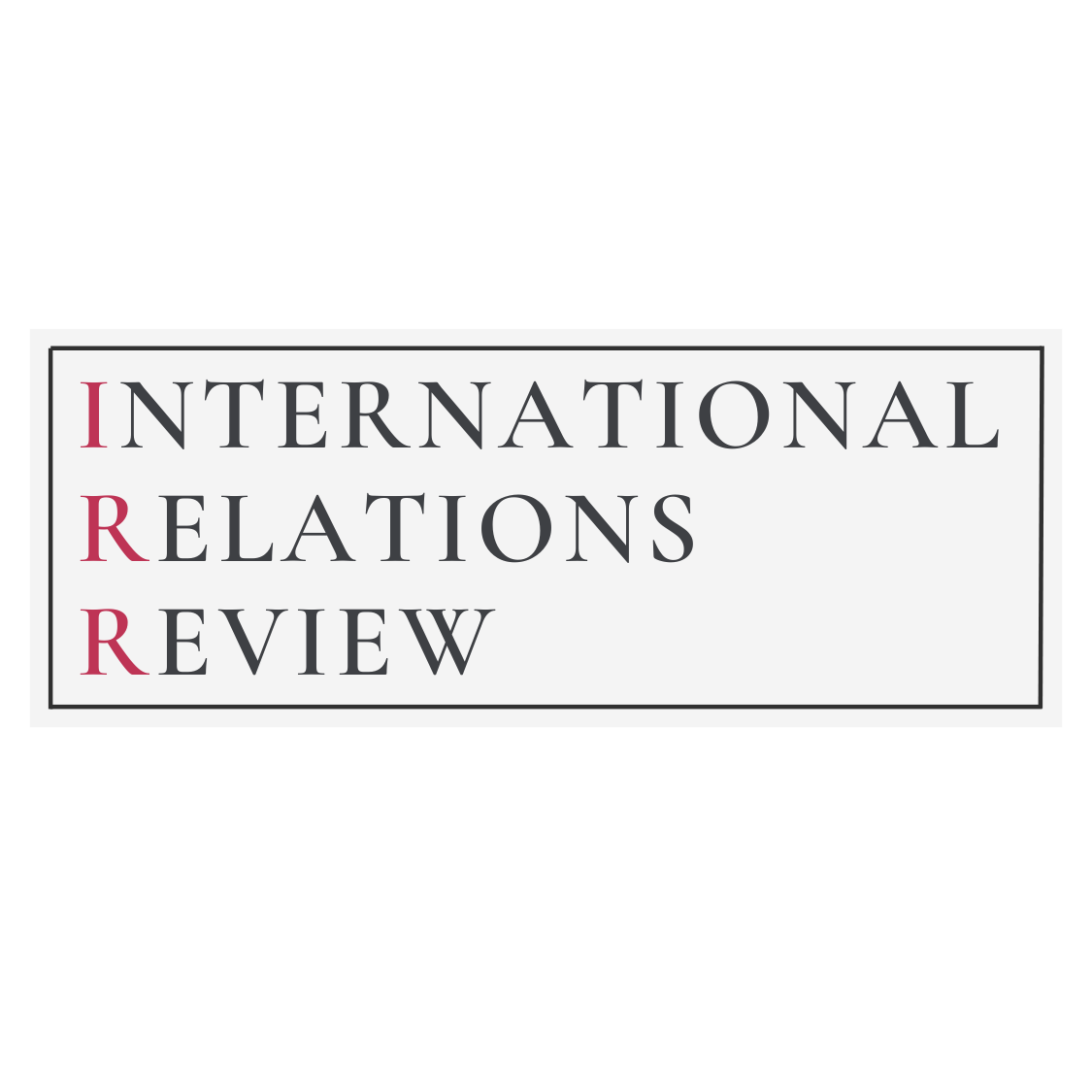The Weak Link: Why The Suwałki Gap Still Matters to European Security
Once dubbed the “most dangerous place on Earth,” the Suwałki Gap has since receded from NATO’s strategic focus in deterring Russia. This 65km (40mi) border separating Russian ally, Belarus, from Russia’s exclave, Kaliningrad, was once viewed as a weak spot in NATO’s armor. Many feared that Russia would exploit this vulnerability if it were to invade a NATO member. The Suwałki Gap forms a narrow corridor linking the Baltic States to the rest of NATO, thus barely separating Russian land forces from its naval forces along the Baltic Sea.
Given the strain the Russo-Ukrainian war continues to put on the Russian military, economy, and morale, it is improbable for Russia to invade NATO allies Poland or Lithuania and risk further losses. However, Putin’s full-scale invasion of Ukraine demonstrated Russia’s disregard for international law, raising concerns of possible future invasions. Thus, given the Trump Administration’s ambiguous stance on providing U.S. support to NATO countries, strategic complacency could prove costly to NATO and the Baltics.
The Suwałki Gap was established in 1920 as the agreed-upon border between Poland and Lithuania. However, it wasn’t until Poland and the Baltic states joined NATO in 1999 and 2004, respectively, that it became relevant to Western European security. As the ex-Soviet Baltic states gained independence and joined NATO, Russia lost most of its access to the Baltic Sea, leaving Kaliningrad disconnected from Russia’s mainland. Yet, Kaliningrad today plays an essential role in Russia’s military capacity.
The port of Baltiysk in Kaliningrad Oblast is the only Russian sea port in the Baltic Sea that remains operational year-round. Furthermore, it serves as the main base of the Russian Baltic Fleet, which Russia uses to exert control and influence within the region. Kaliningrad’s separation from the mainland leaves it vulnerable to blockade, making the Suwałki Gap both a logistical challenge and a strategic opportunity for Russia. As such, connecting Kaliningrad to Russia by land would be invaluable for strengthening regional power and cutting off the Baltic states from the rest of NATO.
After the annexation of Crimea in 2014, concerns over a potential Russian assault heightened and were then confirmed with Russia’s invasion of Ukraine in 2022. Ex-Soviet states became concerned as Russia’s aggressive advances and indifference to international criticism were more apparent.
An additional escalation occurred in 2023, when the Russian private military company Wagner Group relocated near the Suwałki Gap along the Belarusian border. This action prompted Poland and Lithuania to increase their military presence along the gap. Although many feared escalation, the Wagner Group left the region after two months due to the company’s collapse. After their withdrawal, tensions eased, and with Russia tied down in Ukraine, a two-front war, especially one against NATO, remains unlikely. Therefore, has the Suwałki Gap become less of a threat, or are Russian activities distracting NATO from its persistent vulnerabilities?
Many experts and military officials warn of a potential attack in the coming years. Germany’s Chief of Defense, General Carsten Breuer, warned in 2024 that “there’s an intent and there's a buildup of the stocks” of military weapons, fearing an attack by 2029. In the Baltics, local governments are preparing contingency plans in case of invasion, with all three states pledging more than five percent of their GDP to defense spending. In response, Germany, under NATO, has bolstered its military presence in Lithuania to secure the border. These investments come at a crucial time, not just because of the Russian threat, but also because of the U.S.’s disparaging position on NATO spending.
In 2024, Trump promised not to defend NATO countries that he deems aren’t contributing enough to NATO. The U.S. has since maintained an ambiguous stance on Article 5 of NATO, which declares an attack on one member as an attack on all, requiring the rest of NATO to defend the assailed ally. Given this, some scholars question whether President Trump would be willing to commit troops or go to all-out war with Russia over the empty 40-mile gap. This hesitation may convince Putin that taking the Suwałki Gap can go unpunished and that Russia would not risk war against the U.S. Even Germany’s limited military support may not deter Putin. Furthermore, by attacking from both Kaliningrad and Belarus, Russia would likely quickly take over the border, giving NATO little time to respond.
Even though an invasion by Russia into NATO territory is unlikely to happen any time soon, the real risk is the complacency that could come from this expectation. Few predicted Russia would annex Crimea so rapidly in 2014, but even fewer expected Russia to wholly violate international laws when it invaded Ukraine in 2022. Both times proved Russia’s disposition to disregard another state’s sovereignty, and neither threats nor sanctions deterred it. Thus, even though occupying a NATO country’s territory would be a massive escalation and risk for Russia, it is vital to European security to deter even the slightest chance of an assault.
Continuing the discourse on the Suwałki Gap and defending its integrity is essential to protecting NATO and Baltic interests. Even if it can no longer be considered the most dangerous place on earth, its relevance to regional security and its ongoing threat to NATO interests is undeniable. Given Russia’s apparent expansionist ambitions, properly defending the Suwałki Gap would be in the best interests of all NATO members.
